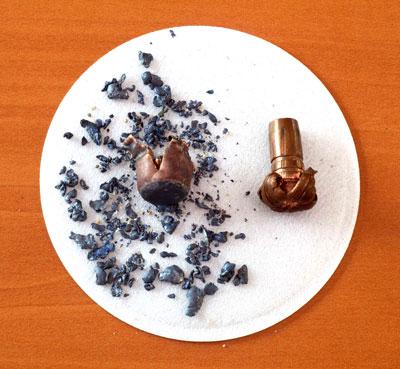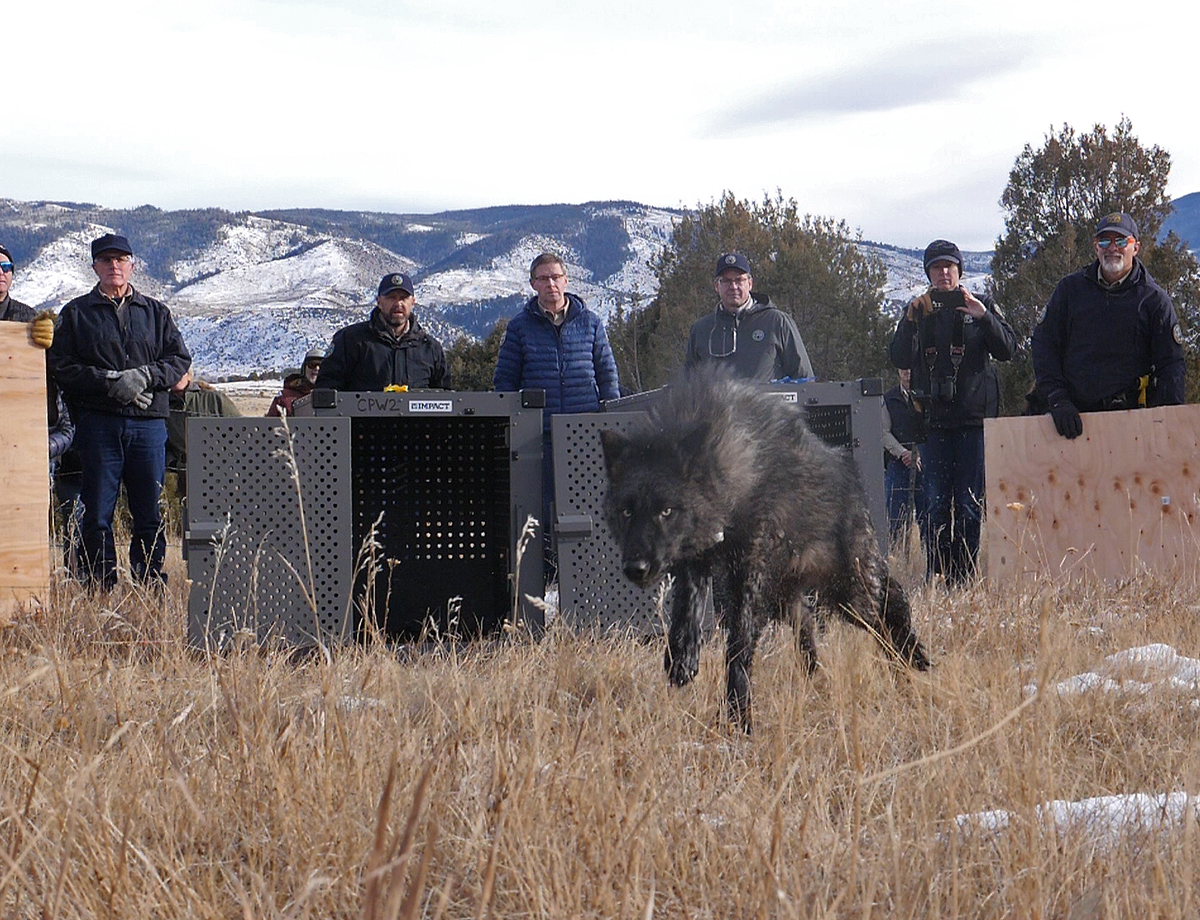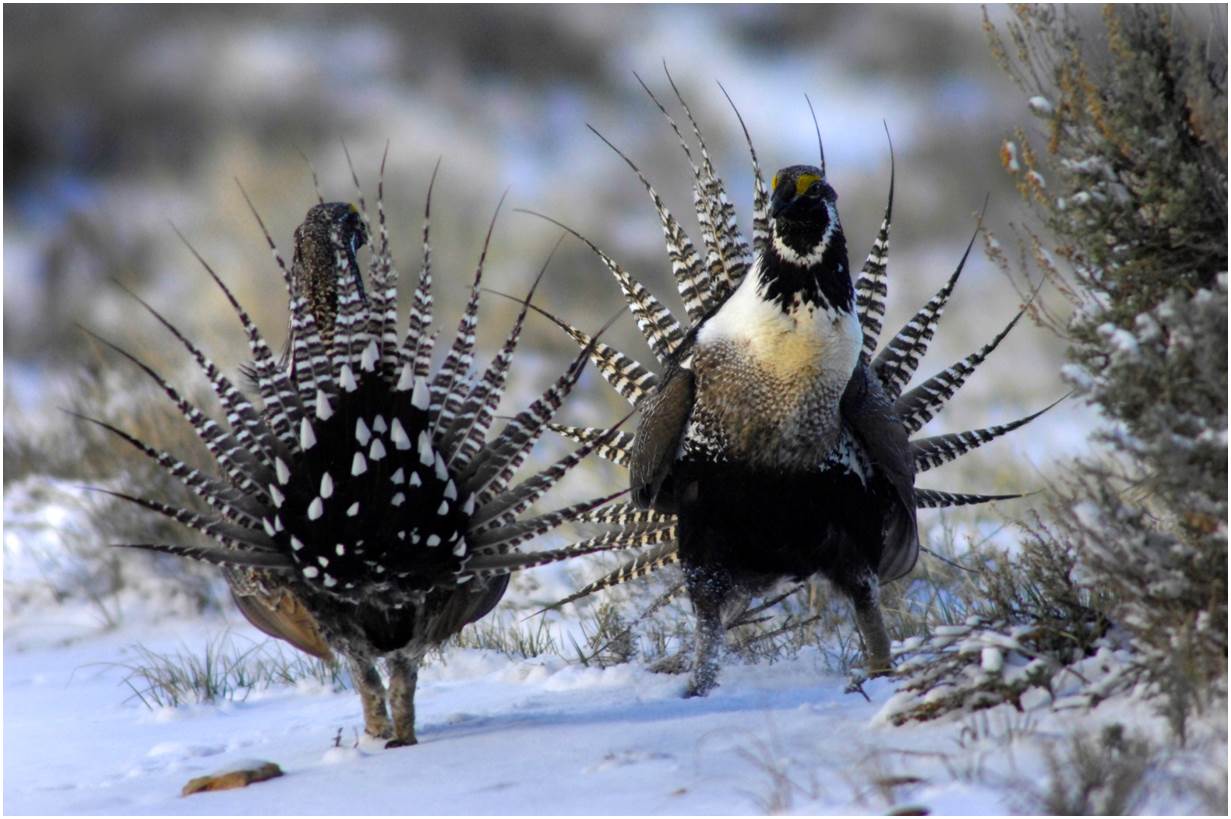
Lead has been banned from paint and gasoline because of health risks. But most ammunition is still made from the toxic metal. Studies show that lead ends up in processed meat from game killed with lead bullets, and the gut piles hunters leave behind in the wild can also contain lead fragments. Birds and other animals scavenge off what’s there and are poisoned-- sometimes to death.
Despite the evidence, the Colorado Fish and Wildlife commission dropped a citizen-raised proposal to ban the use of lead ammunition in the state in 2014. And on his first day in office, federal Secretary of the Interior Ryan Zinke reversed a last-minute Obama-era order that banned lead bullets from hunting on federal land.
Dr. Michael Kosnett is an environmental toxicologist at the University of Colorado in Denver. He co-authored a statement in 2013 about the health risks of lead-based ammunition. He says lead is a neurotoxin that can have a lifelong impact.
Zinke "was thinking of costs in terms of the price differential of the ammunition," Kosnett says. "I think a cost that he ignored was the cost to the resources, the ecologic costs to resources, and the potential costs to health in people who are unfortunate enough to consume lead-contaminated meat. And that’s a cost, that I don’t believe he took into consideration.”
But there is some federal regulation -- in 1991, lead was outlawed for hunting waterfowl like ducks and geese.
Michael Tincher at the Rocky Mountain Raptor Program in Fort Collins says he sees birds poisoned by lead, usually during the fall hunting season.
"We'll get a case in, a bird that was hit by a car, and we'll draw its blood, test it, see that it had a higher level of lead in its blood," Tincher says. "What came first? Was it just being hit by a car, or was it (so) weakened, because of the lead, that it was hit by a car. We see that all the time … And then there's the walk-off factor. They become incapacitated or diminished by lead, then they just disperse and die. So it is very, very difficult to quantify it, to what extent lead is impacting raptor species out there.”
And the lead isn’t just being eaten by wildlife. A study showed that 34 percent of processed and packaged white-tailed deer meat killed with lead shot contained metal fragments. Another study shows lead levels in hunters' blood rise after hunting season.
Lynne Peeples is a freelance reporter based in Seattle. Her piece, "Bullet Proof" for Undark Magazine, explores the debate around lead-based ammunition. She spoke with Colorado Matters host Ryan Warner.









